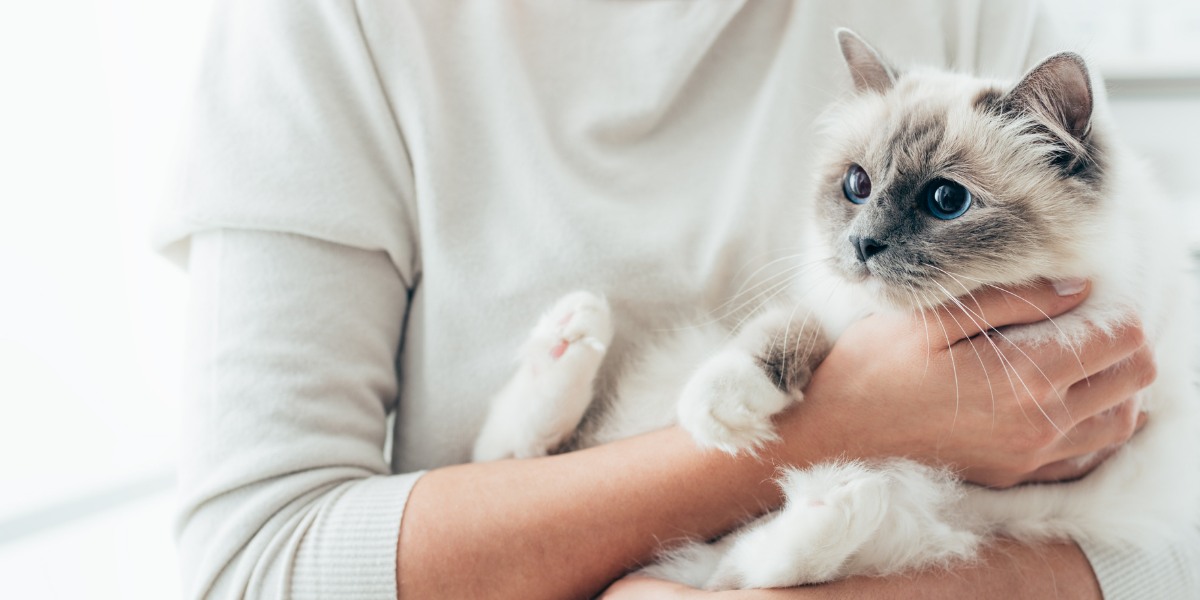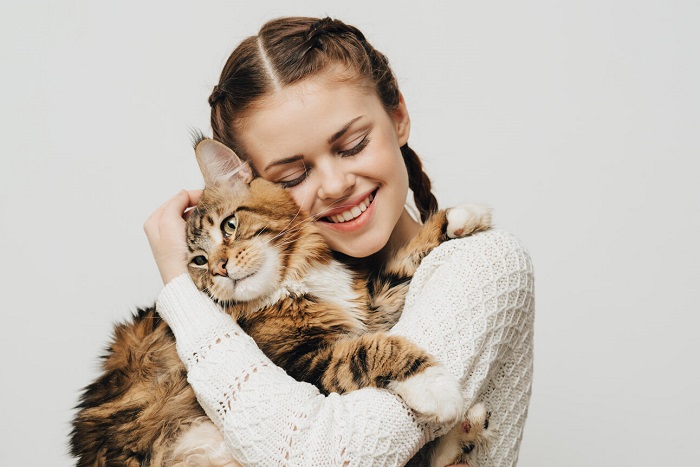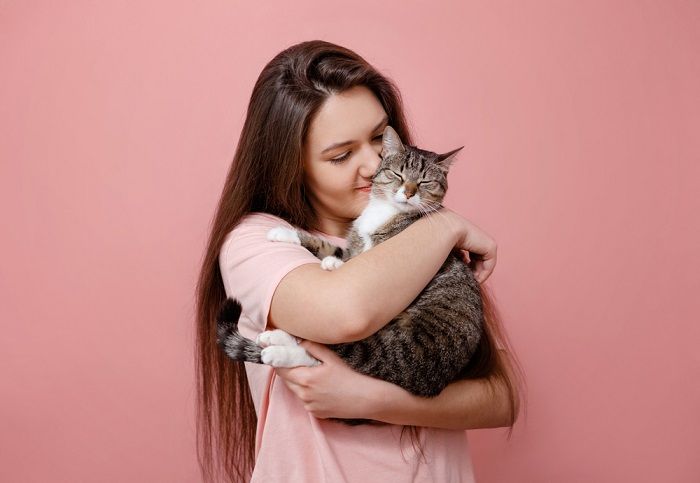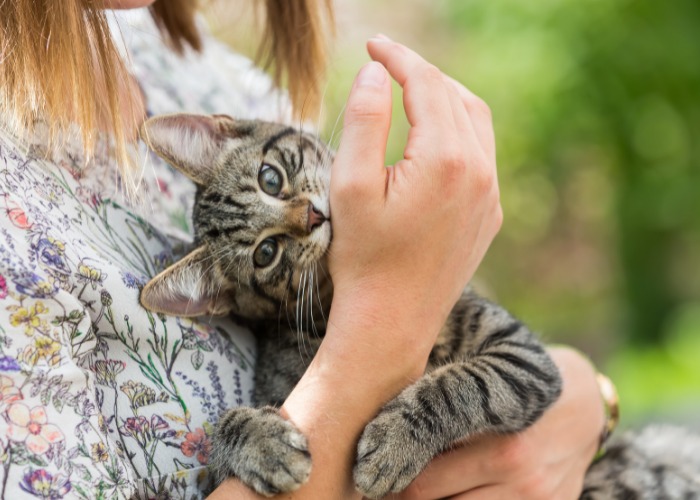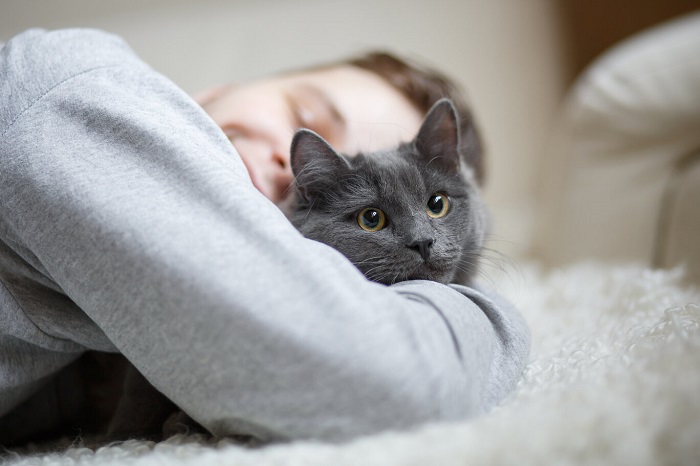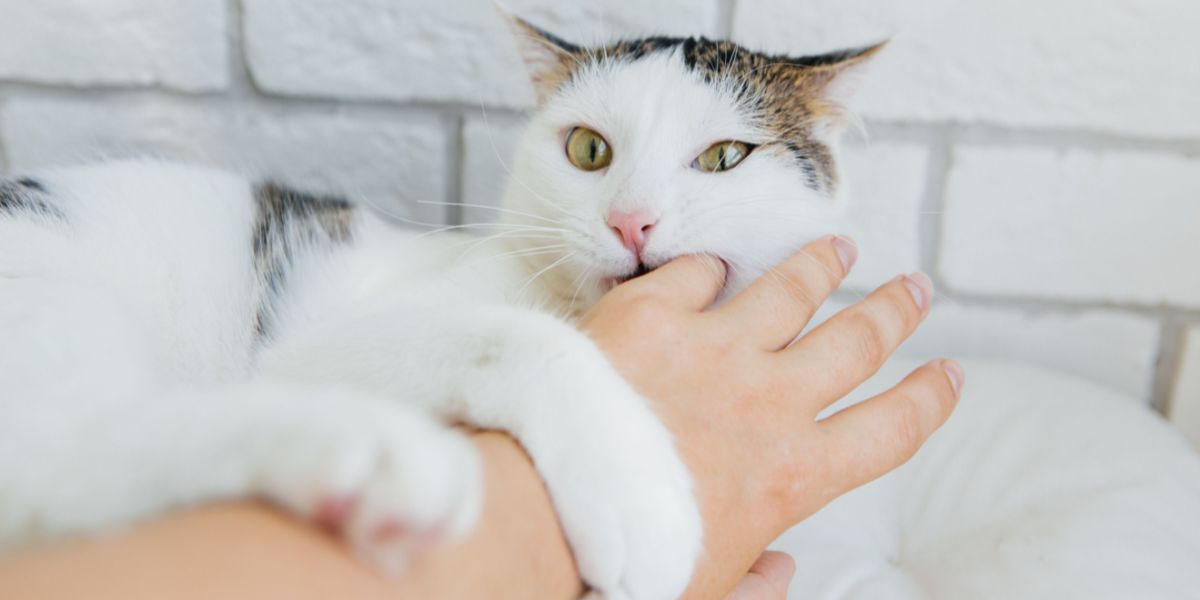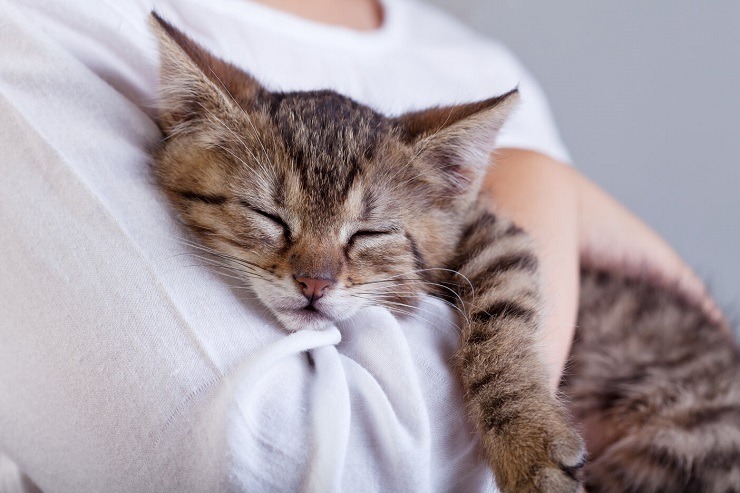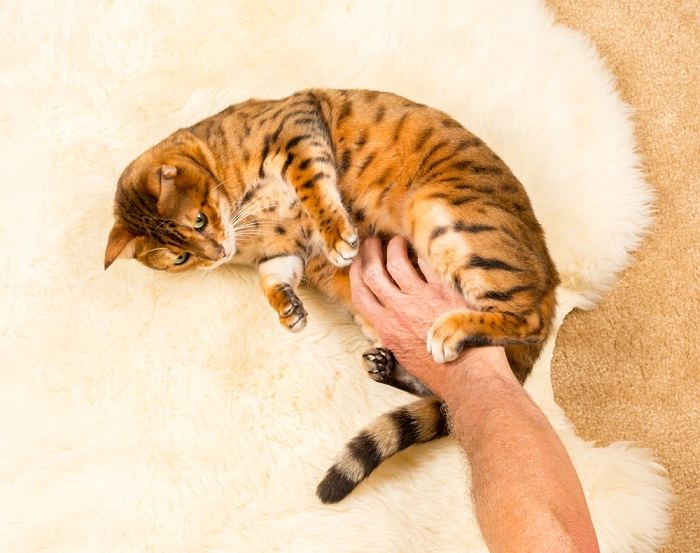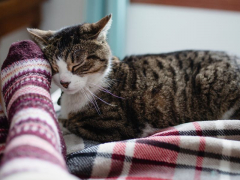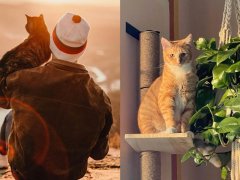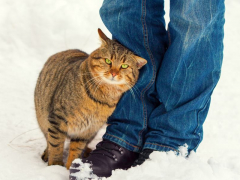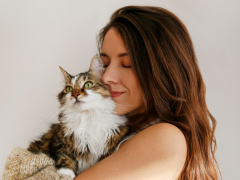The better you understand your cat’s thoughts and feelings, the better your relationship will be. This is especially true when it comes to how you show affection. We all know cats are capable of forming strong bonds with humans, and they show us love in several ways. Trouble can arise, however, in how we return those feelings.
Hugging is usually our go-to way of showing someone we care about them. It makes us feel good to squeeze someone we love, and we hope it makes the other person feel good as well. Cats, however, feel significantly different than humans.
Hugging is a point of contention that can cause stress, discomfort, and even fear. Before you scoop your feline friend into a big hug, consider the following information.
All Cats Are Different
Before diving too deep into the feline mindset, it’s important to point out that every cat is unique. It would be unfair to say that all cats dislike being hugged by humans.
There are certainly cats out there that savor physical attention from their favorite humans and are perfectly happy to be carried around in a tight embrace. The trick is to make sure your cat appreciates your hugs before you commit to that loving squeeze.
Breed
While every cat, even cats of the same breed, are different, it is true that certain cat breeds are known for being more laid-back, mellow, and physically affectionate. The Ragdoll is a perfect example. These friendly felines are known in the cat world for being “puppy cats” because they are usually more physically affectionate than the average feline. In fact, they get their name because they tend to melt in your arms as they revel in your hugs and cuddles.
Other cat breeds that are more likely to enjoy hugs include the Burmese and Scottish Fold. This doesn’t mean, however, that you can’t find a domestic mixed breed cat at a shelter that loves hugs just as much.
Early Socialization
Besides breed, early socialization can also affect how a cat feels about being hugged. As kittens develop, they go through a stage where socialization is extra important.
The lessons they learn during this window of time will stay with them throughout their entire lives. For most kittens, this window is only open from 2-7 weeks old. It can, however, sometimes extend until the kitten is around 14 weeks old.
During those weeks, kittens are especially receptive to new experiences. If a kitten receives plenty of positive physical affection during this time, they have a greater chance of enjoying those same cuddles and hugs when they’re older.
A feral kitten that goes through this stage with no contact from humans will likely grow up to be fearful or even aggressive around people.
As with everything else, however, this isn’t a concrete rule. It is possible to socialize cats outside of this kitten window. It might just take more time and patience.
How and When You Hug
Another factor that could influence how a cat feels about hugs is how they’re being hugged. You probably have enough hugging experience to know that not all hugs are the same. There are a few key characteristics to the perfect hug, and that includes cat hugs.
For cats, one of the biggest factors is whether or not the hug is expected. Cats don’t like surprises, and they spook easily. If you swoop in quickly without any kind of warning, you’re more likely to startle your cat than send a message of affection. You also don’t want to squeeze too tight or for too long.
While you practice the perfect cat hug, also consider your timing. No one likes to be disturbed while they’re napping, eating, or generally in a mood to mind to their own business. If you pick the right moments, maybe when your cat is already seeking attention, your cat is more likely to appreciate your hug.
Prey Instincts
Even with the perfect technique and timing, you can’t get around the fact that cats are prey creatures. Yes, they are also predators and use their claws and teeth to kill small animals, but there’s only so much a 10-pound ball of fluff can do.
No matter how tough your cat acts, her size makes her vulnerable. The feline brain is wired to avoid specific situations that can potentially get them into trouble. Being trapped in a hug is one of those situations.
When you hug or carry a cat in your arms, you restrict their movement. They can’t easily flee if they sense danger. In their minds, those extra seconds it takes to escape your arms could be fatal. Even cats that fully trust their humans don’t like hugs for this reason.
How To Tell if Your Cat Likes Hugs
With all that information on how cats feel about hugs, you can speculate on your own cat’s opinions. If it’s a cat you’ve lived with for years, it shouldn’t be hard to figure out whether or not they like hugs. Once a cat is comfortable with a person, she’ll typically initiate physical affection if that’s her style.
A cat that likes to sit in your lap or regularly seeks pets might like hugs. On the other hand, a cat that prefers to be near you, but not touching you, is more likely to react negatively to a forced hug.
If you think your cat might appreciate a quick embrace, test your theory by giving them a light hug the next time they approach you.
Observe their body language during the hug to get an idea of what they’re thinking. If your cat is relaxed, purring, or has half-closed eyes, those are all good signs. Alternatively, be wary if your cat seems stiff, overly alert, or if their tail twitches.
Also Read: What Your Cat’s Tail Can Tell You
Those are signals they’re feeling uncomfortable. At a more extreme level, immediately release a cat that squirms, claws, or struggles to get away. Holding a cat that doesn’t want to be held is dangerous, and it will hurt your overall bond.
Also Read: 5 Ways To Build A Stronger Bond With Your Cat
Other Ways To Show Your Cat Affection
Don’t fret if it turns out that your cat is one of many that doesn’t like hugs. There are several other ways you can show your pet affection; and in the eyes of a cat, they’re a lot better than hugs anyway.
- Pet them the way they like. Some cats prefer pets behind the ears and others go crazy for a good butt scratch. There are even cats that love belly rubs. Find what your cat likes and offer up those special pets often.
- Play often. Not every cat is big into play, but for those that are, a joyful play session is a great way to show them you care. Remember to put your phone away and give your cat 100% of your attention.
- Massage. Who doesn’t love a good massage? Gently massage your cat from nose to tail (while avoiding areas they don’t like touched) to lower their blood pressure and steady their heart rate.
- Slow blink. You might feel silly, but studies have proven that the slow blink is kitty language for affection and trust. Cats give this look to humans, and you can return the message by trying it out yourself.
- Treats. The way to the heart is always through the stomach, it doesn’t matter the species.
Also Read: The 11 Best Cat Treats
Every cat is different, but the general consensus is that hugging isn’t the best way to show a cat affection. Many cats feel uncomfortable and trapped by a restrictive embrace, and your message of love can be lost in translation. But the good news is there are ways to communicate your feelings. And if your cat is one that likes hugs, by all means, enjoy those fluffy cuddles!
